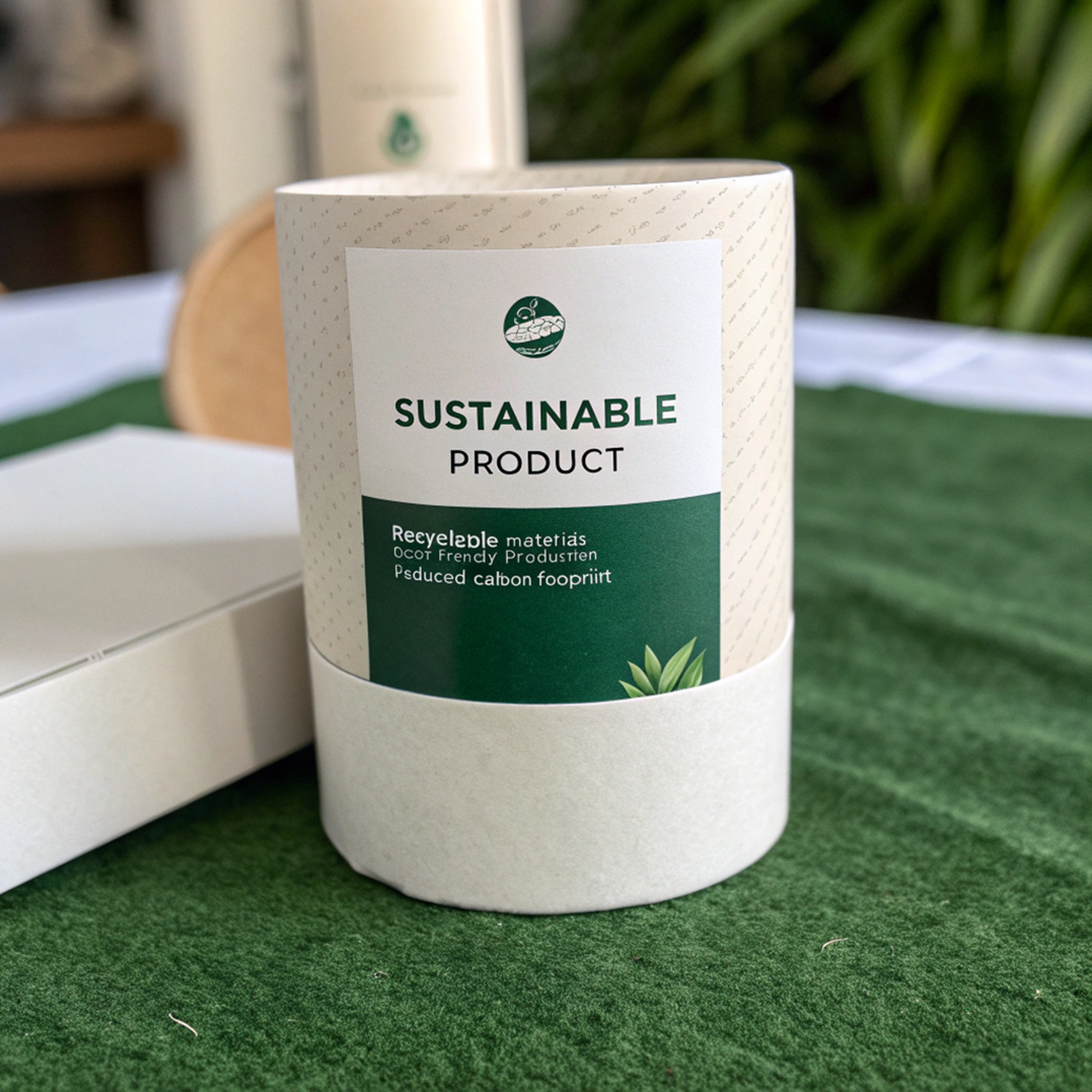How to Measure the Environmental Impact of Your Packaging (With Practical
Tools)
You’ve made the switch to eco-friendly packaging—or at least you think you have. But how do you
truly know if your packaging is sustainable? Measuring the environmental impact of your packaging
isn’t just good for the planet, it’s also a strategic move that can enhance your brand, build
customer trust, and reduce long-term costs.
In this post, we’ll guide you through key metrics, powerful tools, and actionable strategies to
accurately evaluate your packaging’s environmental footprint.
1. Understand What to Measure
Before diving into tools, it’s important to define what exactly you want to measure. Key areas
include:
• Carbon Footprint: Emissions generated during production and transport.
• Material Sourcing: Whether materials are recycled, virgin, renewable, or harmful.
• Energy Consumption: How much energy is required to create and dispose of the packaging?
• End-of-Life Impact: Can the packaging be recycled, composted, or reused?
Understanding these categories sets the foundation for an accurate environmental assessment.
2. Use a Life Cycle Assessment (LCA) Tool
Life Cycle Assessment (LCA) is a methodology that evaluates the total environmental impact of a
product, from raw material extraction to disposal. It’s one of the most reliable ways to measure
packaging impact.
Here is an accessible LCA tool:
• OpenLCA – A free, open-source tool for detailed LCA modeling.
These tools help you compare different packaging options and their impact, giving you data-backed insights to improve decisions.
3. Track Your Packaging's Carbon Footprint
Several online platforms allow you to input packaging specifications and get real-time carbon
footprint data. These are ideal for small businesses or those just starting with sustainability:
• CarbonCloud
• Carbon Trust Footprint Calculator
• ClimatePartner
With accurate numbers, you can adjust box size, material, or production location to reduce
emissions.
4. Conduct a Packaging Audit
A packaging audit involves analyzing every component in your shipping process to identify areas for
improvement. To perform a basic audit:
• List all materials used (box, tape, filler, labels)
• Classify them by recyclability and material origin
• Measure actual vs. optimal box sizing
• Calculate shipping weight and filler volume
5. Share Your Results Transparently
Once you've gathered your impact data, it’s time to communicate it. Transparency builds customer
loyalty and can also serve as a marketing advantage. Consider:
• Adding environmental impact scores on product pages
• Printing sustainability facts inside your packaging
• Creating a “sustainability progress” blog or landing page
 Sustainability label on product packaging
Sustainability label on product packaging
At Best Box Store, we help brands not only reduce their impact but also share their sustainability
story effectively.
Final Thoughts
Measuring the environmental impact of your packaging is a powerful step toward sustainability and
business innovation. With the right tools and mindset, you’ll gain insights that can help reduce
costs, increase efficiency, and make your brand stand out in a competitive green market.
Need help getting started with a packaging audit or finding lower-impact materials?
Contact our eco-consulting team today →